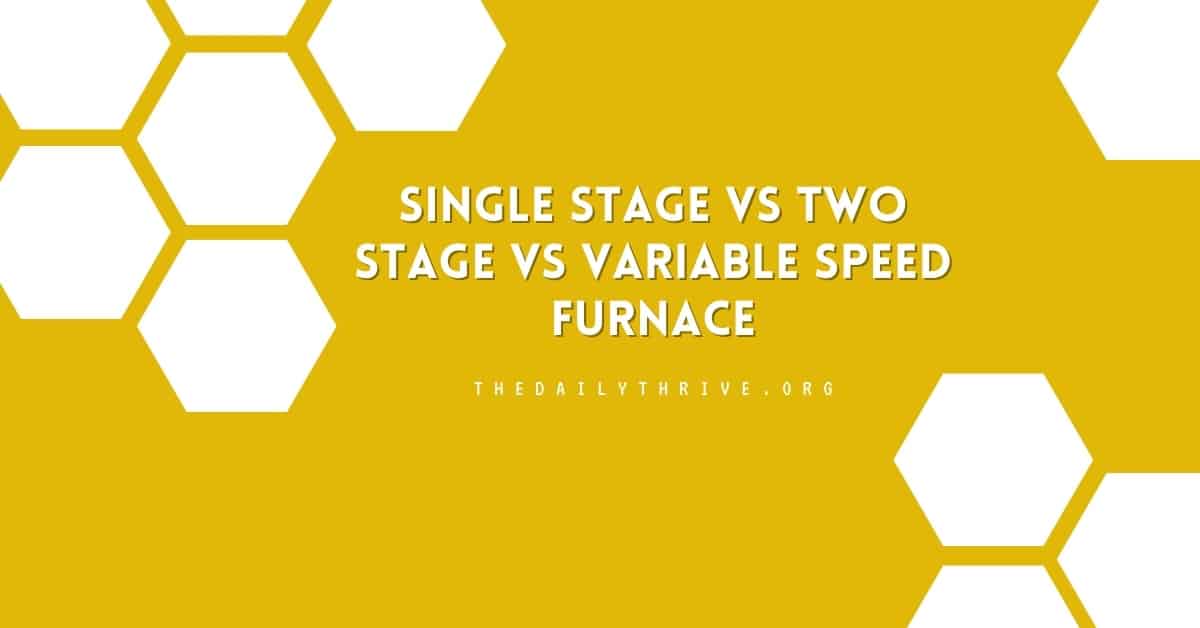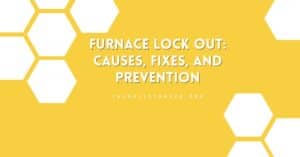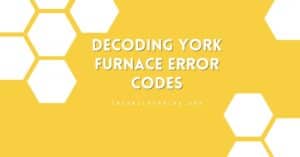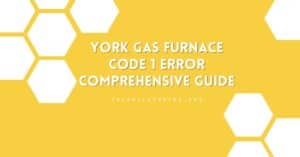You can choose between a single-stage, a two-stage, or a variable-speed furnace if you want to buy a new home heating system. Each type operates differently and delivers typical advantages. When you know what these words mean, you can make the right choice for the best furnace for your home.
Single-stage furnace
Single-stage furnaces are designed to heat your home in very extreme weather. They run at their highest capacity whenever they are in operation, regardless of the temperature outside. This can be very expensive for your energy bills because every time your furnace turns on, it uses as much energy as possible.
Two-stage furnace
A two-stage furnace has two heating stages: low and high. The low stage runs at a lower capacity. It will heat your home as long as possible until it needs extra power to keep it at the same temperature on your thermostat. This is when the high stage kicks in. On average, a two-stage furnace only runs at high capacity 25% of the time.
This process causes warm air to be distributed into your home more evenly, which helps to reduce air fluctuations. It also helps to increase energy efficiency in moderate-temperature climates since they will remain on the low stage.
A two-stage furnace will also provide a higher comfort level due to a steady stream of warm air on the coldest winter days. With two-stage heating, a homeowner does not need to keep adjusting the thermostat.
Variable-speed furnace
Unlike a single-stage furnace and a two-stage furnace, a variable-speed furnace doesn’t actually refer to how many stages your furnace has.; it refers to its blower motor. The blower motor is the component that determines the amount of air the blower should deliver to your home.
When you have a new furnace installed, characteristics such as the climate you live in and the size of your home determine the speed and airflow appropriate for your situation. The motor in the variable speed furnace comes with intelligent technology. It can monitor and adjust your blower settings to account for items in your home that restrict airflows, such as ductwork or dirty furnace filter.
With these continuous adjustments, the blower helps your furnace run as efficiently as possible; it uses less electricity than a conventional blower. This not only helps you to save money, but it also helps to ensure your indoor air quality, regardless of the temperature outside.
Multiple-Stage furnace benefits
In terms of how well they use energy, the two-stage furnace is better than the single-stage furnace, and the variable-speed furnace is better than both. If you choose a two-stage or variable-speed furnace, you can enjoy the following benefits:
Consistency Temperatures
The problem with single-stage systems is that your heating and cooling needs might change during the week. One day might need less cooling than the day before, while the next might be the hottest day yet. One stage that works for everyone just doesn’t work for most summers. With a multi-stage system, you can find the perfect level of comfort for your home: low speed for days when it’s not too hot and high speed for days when it’s really hot. The more stages your system has, the better you can control the temperature in your home.
Better air quality
The trick is that two-stage and variable-speed furnaces run for longer. The longer they run, the more thoroughly the air in a home will be recirculated, and each time the air goes around, it will pass through the furnace filter again. This makes the cleaning more thorough and cleans the air to a level that a single-stage furnace can’t match.
Zoning Compatibility
Installing a zoned HVAC system is one of the best ways to save money on heating costs. This type of heating and cooling system is controlled by thermostats in different rooms or parts of a home. With this kind of system, heat loads are cut down, and little heated air is wasted because the heat can be focused only on the rooms you use.
A single-stage furnace can’t be changed to work with a zoned HVAC system, which is too bad. If you want a zoned system, you must install a variable-speed or two-stage furnace. This will allow the system to work as efficiently as possible.
Energy Efficiency and Savings
With a variable-speed or two-stage furnace, you’ll use less energy to heat your home, which means you’ll spend less money on your energy bills.
Single-stage furnaces are less expensive than two-stage furnaces, and a two-stage furnace will be cheaper than a variable-speed model. But the energy-efficient models will save you a lot more money on energy costs than a single-stage furnace, so you can recover the cost of your initial investment more quickly.






